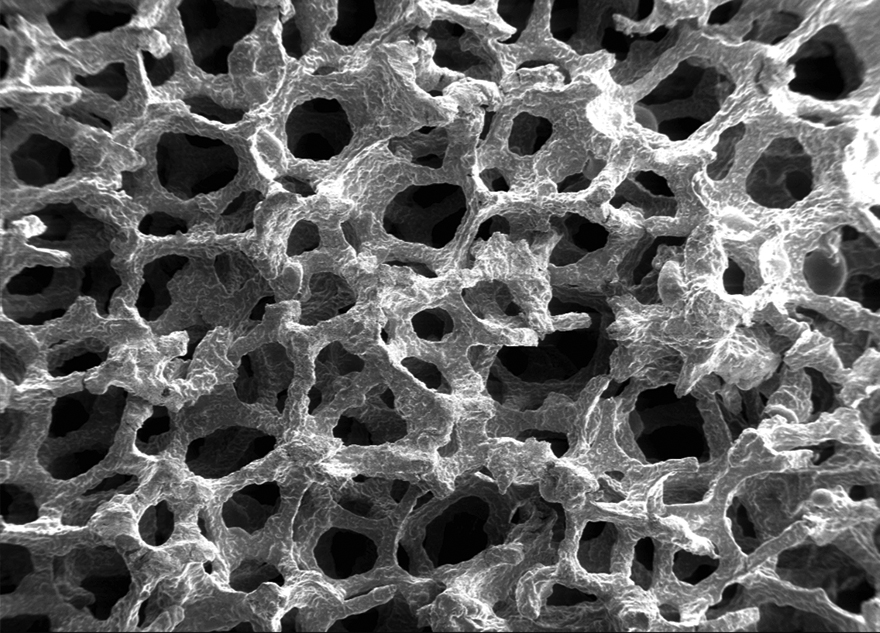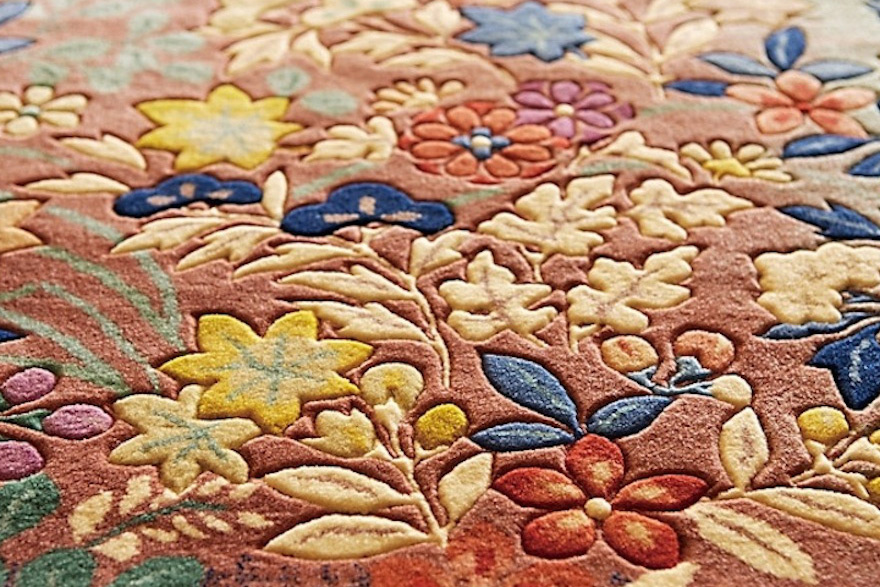
Picking our Gold faves for the 2013 IDSA International Design Excellence Awards is never easy. This year we dug the ERO Concrete Recycling Robot, LittleBits' modular electronic building blocks, Evotech and IDEO's low-cost endoscope, and the SpareOne emergency cell phone. And now that we've picked out some socially important, ecologically-responsible, educational, life-saving and life-supporting designs, we've got to let ourselves pick one that is just cool for the sake of being cool. Thus we present the da caster, designed by Mitsunobu Hozumi of hozmi design and Ryo Shimizu of SIMIZ Technik, which won Gold in the Living Room & Bedroom category.

It's not going to save any lives. It's not going to change yours. And your less observant guests won't even notice it unless you make them crawl around on the floor. But darn if it ain't cool-looking. The da caster, manufactured by Japan's Hammer Caster Co. in a couple of different sizes, is simply a hubless wheel. No axle, and not even any bearings.
The concept behind da caster is to smoothly harmonize with the design of furniture or fittings while maintaining a distinct presence as a caster. Rather than a ball-bearing configuration with an axle and bearing, the basic structure of a conventional caster, the da caster is characterized by a sliding configuration that does not use an axle or bearing. The da caster structure comprises an aluminum shell, a roller and an internal ring made of a special resin. This composition results in a ring-shaped wheel with a central hole a hubless caster that possesses sufficient strength and solidity yet seems to float.






































































